Hi,
I've recently viewed these 2 very similar diamonds from Brian Gavin Diamonds, but I'm very curious about the ASET images.
https://www.briangavindiamonds.com/...0.836-k-vs2-round-diamond-ags-bl-104098251008
https://www.briangavindiamonds.com/...0.800-k-vs1-round-diamond-ags-bl-104098251007
In the ASET for the 0.800 K VS1 (top image) I can see that there are obstructions in between the arrows, which are absent in the ASET for the 0.836 K VS2 (bottom image).
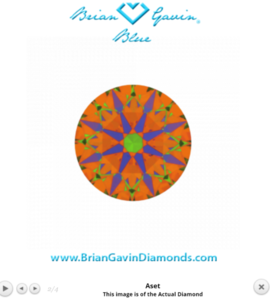
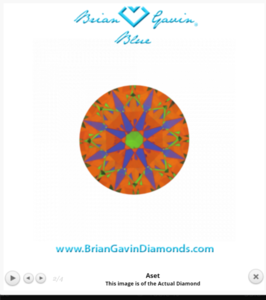
Does anyone have any idea why these obstructions appear? Is it less desirable for diamonds to have these obstructions?
I've only just registered on the forums recently, but the depth of information about diamonds on this forum is simply stunning, especially for someone who is still learning about diamonds so I'm hoping someone can explain this.
Thanks.
Edit - changed the image from left/right to top/bottom, no idea why in preview it was side by side but after posting it changed
I've recently viewed these 2 very similar diamonds from Brian Gavin Diamonds, but I'm very curious about the ASET images.
https://www.briangavindiamonds.com/...0.836-k-vs2-round-diamond-ags-bl-104098251008
https://www.briangavindiamonds.com/...0.800-k-vs1-round-diamond-ags-bl-104098251007
In the ASET for the 0.800 K VS1 (top image) I can see that there are obstructions in between the arrows, which are absent in the ASET for the 0.836 K VS2 (bottom image).


Does anyone have any idea why these obstructions appear? Is it less desirable for diamonds to have these obstructions?
I've only just registered on the forums recently, but the depth of information about diamonds on this forum is simply stunning, especially for someone who is still learning about diamonds so I'm hoping someone can explain this.
Thanks.
Edit - changed the image from left/right to top/bottom, no idea why in preview it was side by side but after posting it changed


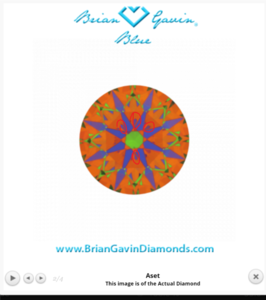
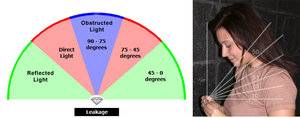
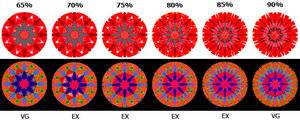
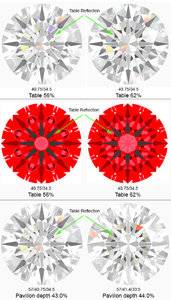


300x240.png)